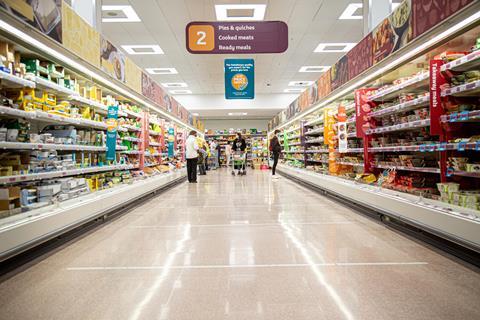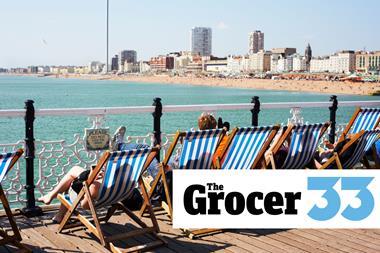
Any brand not currently listed in Sainsbury’s will be feeling somewhat at a loose end right now. For over five years, there has been one simple call to action for new, different and interesting propositions looking to sell into the retailer: “Speak to our Future Brands team – they are dedicated to brands like yours.”
Now the Future Brands scheme is being folded into a broader product development agenda, as part of Sainsbury’s ‘Next Level’ three-year strategy.
It’s fair to say the scheme has been a great driver of progress for the industry, marking a step-change in how retailers can best ‘find and grow’ innovation. It has certainly broadened the range for the retailer, which in some cases has stood out as a theatre for newness. Brands from Smol and Tails.com to Tony’s Chocolonely and La Vie are just some of the past cohorts.
And it has been loved by suppliers. In a survey of our brand clients, Sainsbury’s Future Brands was ranked as the most “well known” and “impactful” of all the retailer schemes. It’s fair to say Sainsbury’s has enjoyed a reputation leaps and bounds ahead of others when it comes to accessibility for new brands.
That’s why the latest news has prompted concern among numerous clients of ours, raising questions about Sainsbury’s commitment to innovation.
We had the privilege of hosting Claire Hughes, director of own brand product development & innovation at Sainsbury’s, at a YF community event this week. There, she provided insights into the changes and offered advice on how brands can successfully engage with the retailer.
There were many important takeaways, but the high-level message is a clear vote of confidence in new brands.
Firstly, this is a structural evolution. It is not the end of Sainsbury’s innovation agenda – in fact, Hughes was keen to remind us the goal here is to enable more innovation, not less.
The structural change opens up a healthy debate on where ‘new brands’ should sit within a retailer – either in category or in a separate ‘incubator’ structure.
Hughes’ thesis is that branded innovation is not given the best chance of success if managed in isolation. Instead, it should be seen and managed alongside own-label innovation, as they are both critical pillars in an assortment that needs to sit coherently. That’s why this function is rolling up into the central development team.
Secondly, as part of this, there will continue to be dedicated resource available for new brands – it will just sit differently. And power will return in full to the buyers to own their fixtures.
Lastly, the opportunity for brands is clear: Sainsbury’s is planning on making bigger bets on brands that really meet its strategic objectives. Brands should be thinking about how they become the success stories here.
Internally, the Sainsbury’s team will undoubtedly be busy thinking about the wider implications, such as effective resourcing (after all, innovation is the noisiest part of the market), routes to market, handling existing brands in the programme, GSCOP, prioritisation vs category strategies, buyer buy-in, and much more.
Now we enter a period of ‘working things out’ – but at YF we are optimistic about the opportunity for both the retailer and the brands if they stay true to the goals. We will be staying very close to it.



















No comments yet